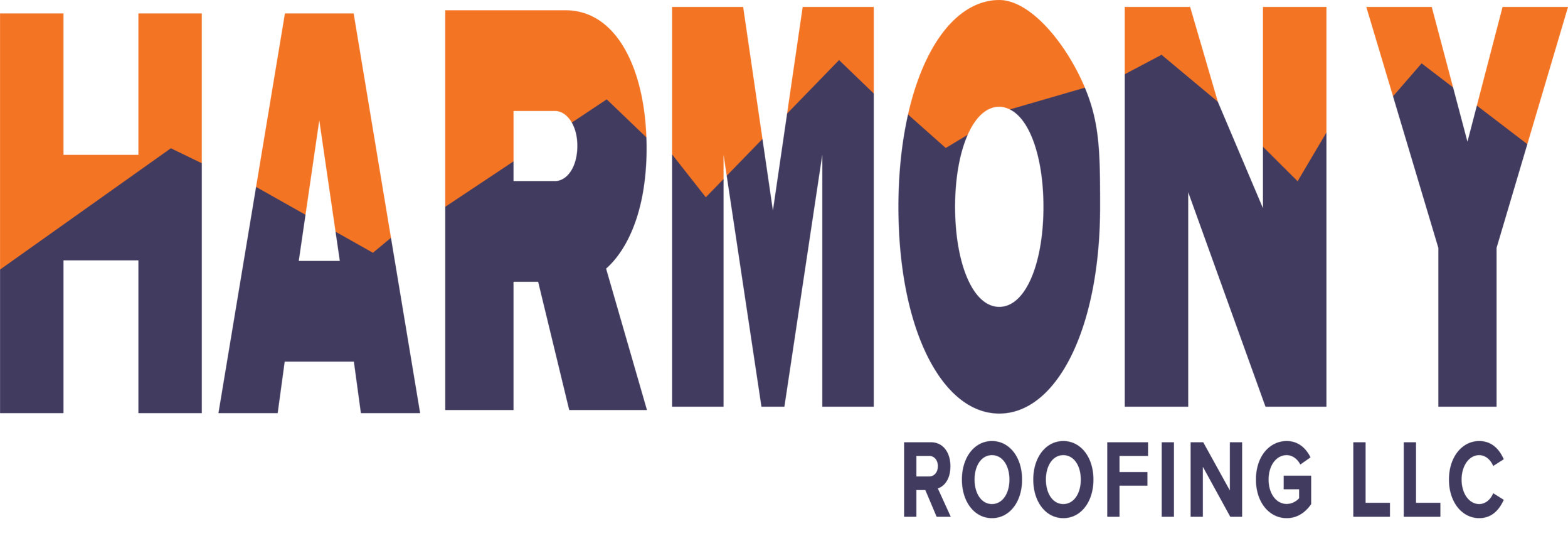Rental Property Roof Maintenance Tips for Landlords
Roofs are essential for protecting a property, ensuring its habitability, and preserving the comfort of its inhabitants. But roofs are usually not the first place landlords go to when they think of property maintenance.
Property owners recognize the roof's importance as a frontline defense against the elements. They expect it to be able to withstand the force of storms, the weight of snow, and heat from the sun. But this very fact is the reason why roofs are often taken for granted.
As a rule, homeowners do not pay attention to their roof until the structure is in serious need of repair. This is why most roof damage usually involves significant repairs. But when you own a rental property, you cannot afford to do this.
A neglected roof hurts everything that makes a rental property viable, warns Onsite Management in Northern Colorado. Proper maintenance ensures that the property's value appreciates. It makes the home attractive to renters. And it guarantees that the owner can keep earning income from the asset.
Proper roof maintenance should be a critical aspect of your strategy for keeping the rental property profitable. Here are vital tips for keeping your rental's roof in top shape.
1. Inspect the roof regularly
With your property's roof, preventative care is the best form of maintenance. Carrying-out regular and full inspections of a roof may be tedious or even costly, but it will save you money in the long-run. When doing roof inspections, it is always best to have an expert do it. There are many tell-tale signs of roof damage that will evade most amateurs.
2. Clear debris from the gutters
Clogged gutters are synonymous with foundation damage. When roof gutters are in good order, they channel water away from the home's foundations. But when gutters and downspouts are blocked with debris, they cannot do this. As a result, rainwater overflows into the internal structures of the roof, exterior walls, and eventually pools around the foundation.
3. Inspect flashing for damage
Roof flashing provides a watertight seal around joints where the walls of the house and the roof meet. They are found around vents, chimney spouts, skylights, and valleys. If the flashing is cracked or becomes loose, it will lose its effectiveness as a barrier.
4. Check the roof insulation
The roof plays a huge role in keeping the home's energy bill within reasonable limits. One sign that something is wrong with a property's roof is when energy bills are consistently and inexplicably high. One of the common areas where problems originate is the attic ventilation and insulation.
5. Remove overgrown tree branches
Tree branches hanging too close to a roof pose a risk in at least three ways. They can brush against the roof during storms and damage it. They can break off and fall on the roof. And they can create shade that makes it easier for moss to grow on the roof. Moreover, rodents and reptiles use them as routes for getting onto the roof.
6. Look for moss and plant growths
Moss needs a lot of moisture before it can take hold of the roof. Once it starts to grow on a roof, moss can be very damaging. That's because their dense roots network trap water and hold it on the roof surface. The water corrodes the roof and makes it easier for the plant roots to penetrate into the roofing materials. Along with moss, no plants should be allowed to grow on the roof.
7. Get rid of pests immediately
If you let rodents, insects, and reptiles make a home in your roof, they will destroy it. Rodents, especially, will gnaw on the wood, and termites will bore into it. Animals, as a whole, will use the components of the roof as nest-building materials. Furthermore, their waste will cause the roof to decay.
8. Remove excess snow
Ice dams, specifically, constitute a considerable threat to your roof. They prevent proper drainage of snow and water, by forming a barricade around the roof's edges. This allows water to seep into the internal roof structures and the attic. Also, heavy snow accumulating on the roof can cause it to collapse.
9. Do not power-wash or walk on the roof
Power-washing your roof is an easy way to remove debris and algae, but you may also wash away the roof's materials. Walking on the roof also leaves it prone to damage; do it only when it is absolutely necessary or, better still, call an expert.
Why landlords neglect their roof
Finally, why do many landlords neglect their property's roof? The two common reasons are:
They think modern roofs are maintenance-free
Many owners install a roof in the belief that it is maintenance-free. No roof is maintenance-free. If you think your roof is maintenance-free, you will neglect it, and it will eventually surprise you with an enormous repair bill.
They assume roof repairs is optional because the roofs have a warranty
The warranty on your roof does not extend to issues that arise out of neglect. Most warranties only cover defects in the roof's materials.



